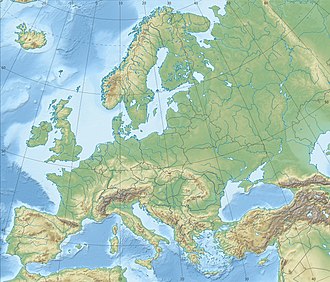| Siege of Dresden (1813) | |||||||
|---|---|---|---|---|---|---|---|
| Part of the German campaign of the Sixth Coalition | |||||||
| |||||||
| Belligerents | |||||||
| | |||||||
| Commanders and leaders | |||||||
| | | ||||||
| Casualties and losses | |||||||
| 35,000 captured | |||||||
Location within Europe | |||||||
The siege of Dresden was a siege during the German campaign of 1813 of the War of the Sixth Coalition.

